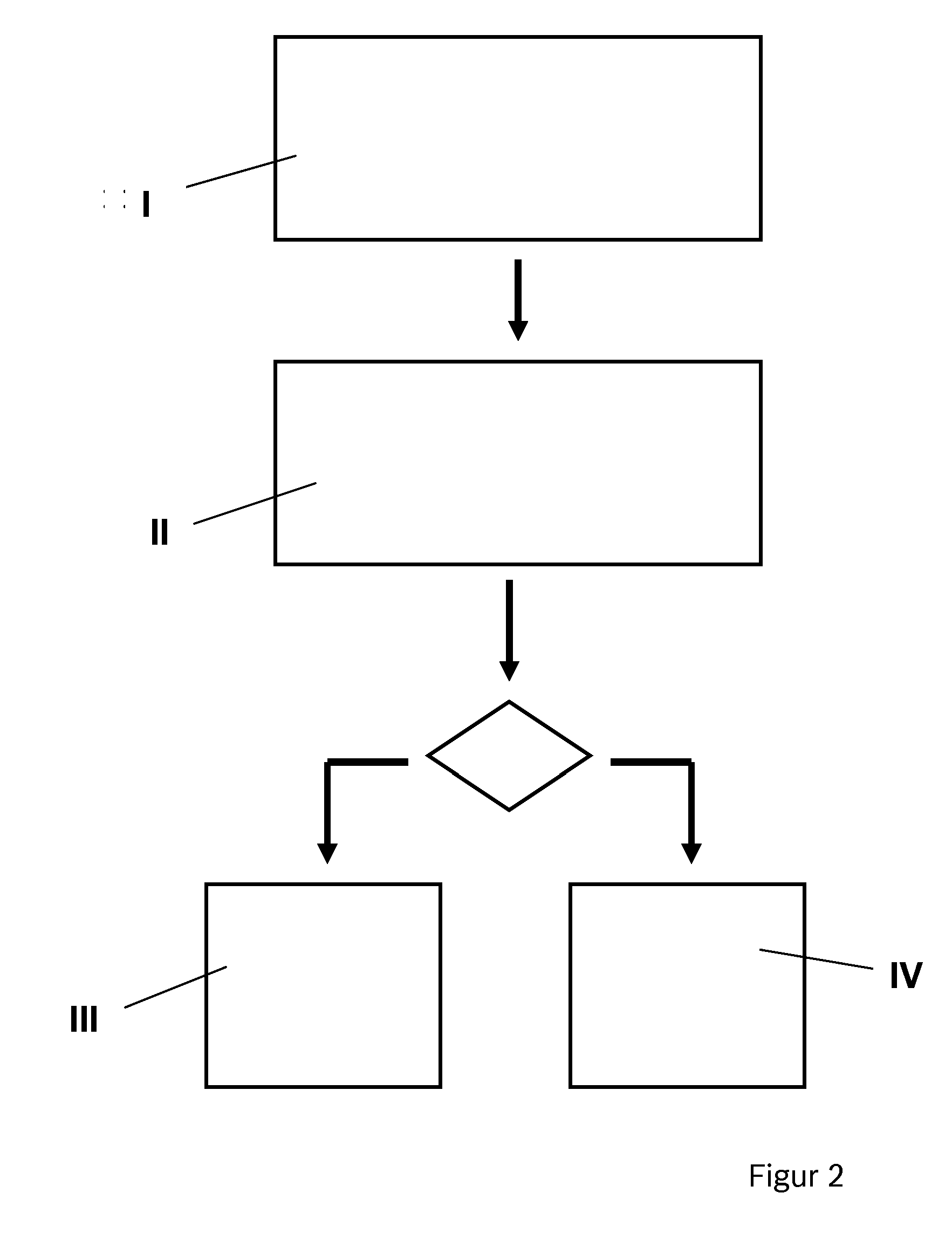Method for operating an electrical device and electrical device
a technology of electrical devices and electrical components, applied in the field of electrical devices, can solve the problems of noise interference, small interference potential of uwb sensor devices, and large frequency range of uwb sensor devices, and achieve the effect of noise interference, reducing interference potential, and reducing interference potential
- Summary
- Abstract
- Description
- Claims
- Application Information
AI Technical Summary
Benefits of technology
Problems solved by technology
Method used
Image
Examples
Embodiment Construction
[0022]FIG. 1 shows a typical application situation, on which the method according to the invention is based. An electrical device 10, particularly a locating device for identifying objects 26, in a medium, as, for example, a wall, a floor, a ceiling or a building material, which during operation emits electromagnetic radiation in the high frequency range, i.e. frequencies in the range of approximately 1 GHz to approximately 20 GHz, is operated in the vicinity of a radio communication service 12, as, for example, an emitter, an external radiation source, an external radio communications service or a radio telescope. In so doing, the electrical device can be interfered with by the radio communications service or can itself interfere with said radio communications service. The identification of said radio communications service can occur in principle prior to or during the emission of a radio signal by the electrical device or during a pause in emission by said device.
[0023]The electri...
PUM
 Login to View More
Login to View More Abstract
Description
Claims
Application Information
 Login to View More
Login to View More - R&D
- Intellectual Property
- Life Sciences
- Materials
- Tech Scout
- Unparalleled Data Quality
- Higher Quality Content
- 60% Fewer Hallucinations
Browse by: Latest US Patents, China's latest patents, Technical Efficacy Thesaurus, Application Domain, Technology Topic, Popular Technical Reports.
© 2025 PatSnap. All rights reserved.Legal|Privacy policy|Modern Slavery Act Transparency Statement|Sitemap|About US| Contact US: help@patsnap.com



